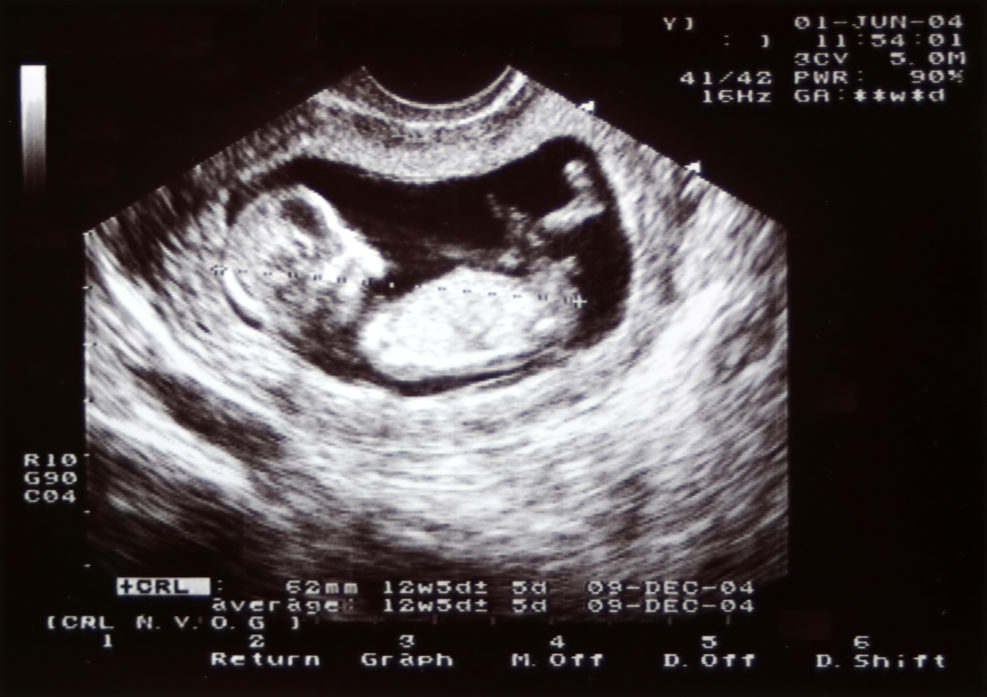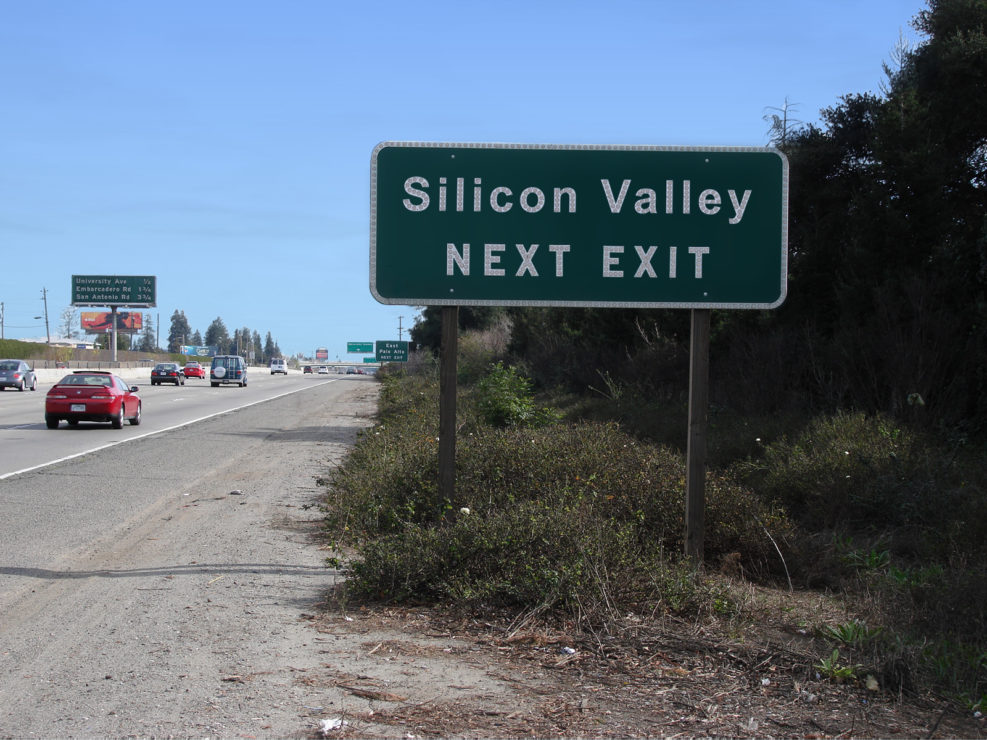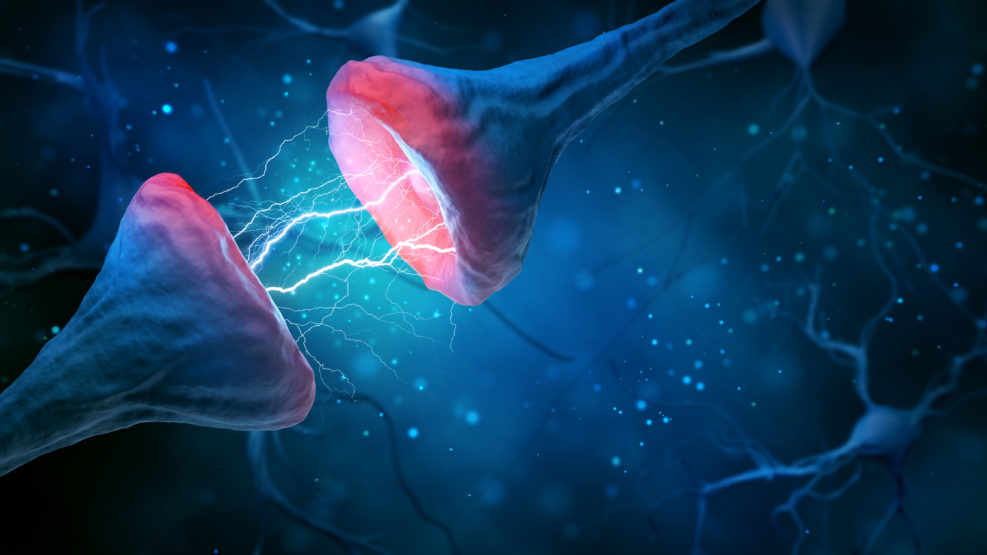
15. Debate: How Can a Cause and Effect Occur at the Same Time?
In the broken window analogy, the brick becomes a cause simultaneously with the shattered glass becoming an effectIn the “Does God exist?” debate at Theology Unleashed between theist neurosurgeon Michael Egnor and atheist broadcaster Matt Dillahunty (September 17, 2021), a questioner asks, are singularities really a part of science? Readers may recall that the debate opened with Egnor explaining why, as former atheist, he became a theist. Then Dillahunty explained why, as a former theist, he became an atheist. Michael Egnor then made his opening argument, offering ten proofs for the existence of God. Matt Dillahunty responded in his own opening argument that the propositions were all unfalsifiable. When, in Section 4, it was Egnor’s turn to rebut Dillahunty, Dillahunty was not easily able to recall Aquinas’s First Way (the first logical argument for the existence of Read More ›


















